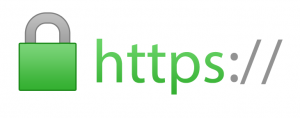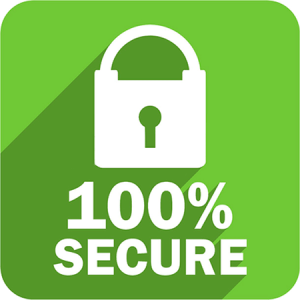An SSL (Secure Sockets Layer) certificate is a digital certificate that authenticates the identity of a website and encrypts information sent to the server using SSL technology. Encryption is the process of scrambling data into an undecipherable format that can only be returned to a readable format with the proper decryption key.

A certificate serves as an electronic “passport” that establishes an online entity’s credentials when doing business on the Web.
When an Internet user attempts to send confidential information to a Web server, the user’s browser accesses the server’s digital certificate and establishes a secure connection.
An SSL certificate contains the following information:
- The certificate holder’s name
- The certificate’s serial number and expiration date
- A copy of the certificate holder’s public key
- The digital signature of the certificate-issuing authority
How it works
An SSL creates a secure tunnel through which information including usernames, passwords, credit card numbers and more can pass safely.

First, the SSL “handshake”
When a website visitor enters an SSL-protected area of your website, your SSL certificate automatically creates an encrypted connection with the visitor’s browser.
The padlock icon appears
Once the connection is complete, a padlock icon and HTTPS prefix appear in the visitor’s browser bar to show them they’re safe to share personal details. If you have a high-assurance EV Certificate, your visitor’s status bar will also turn green.
You’re good to go
All information passing to and from your website is now scrambled by 2048-bit encryption that’s virtually unbreakable by hackers.